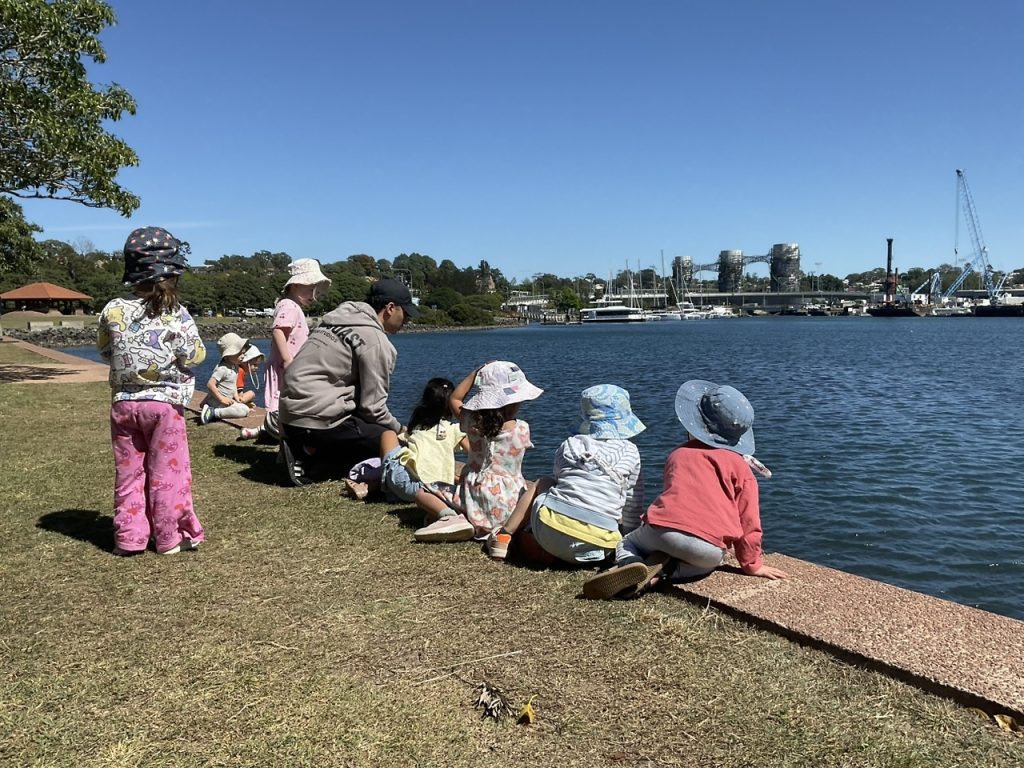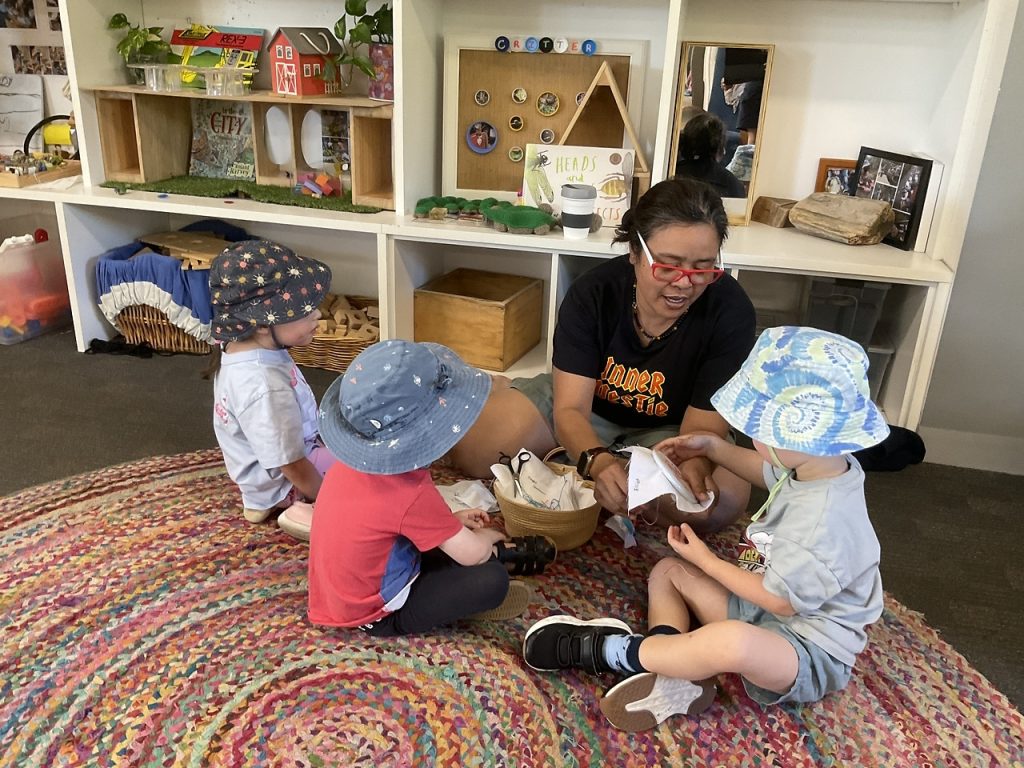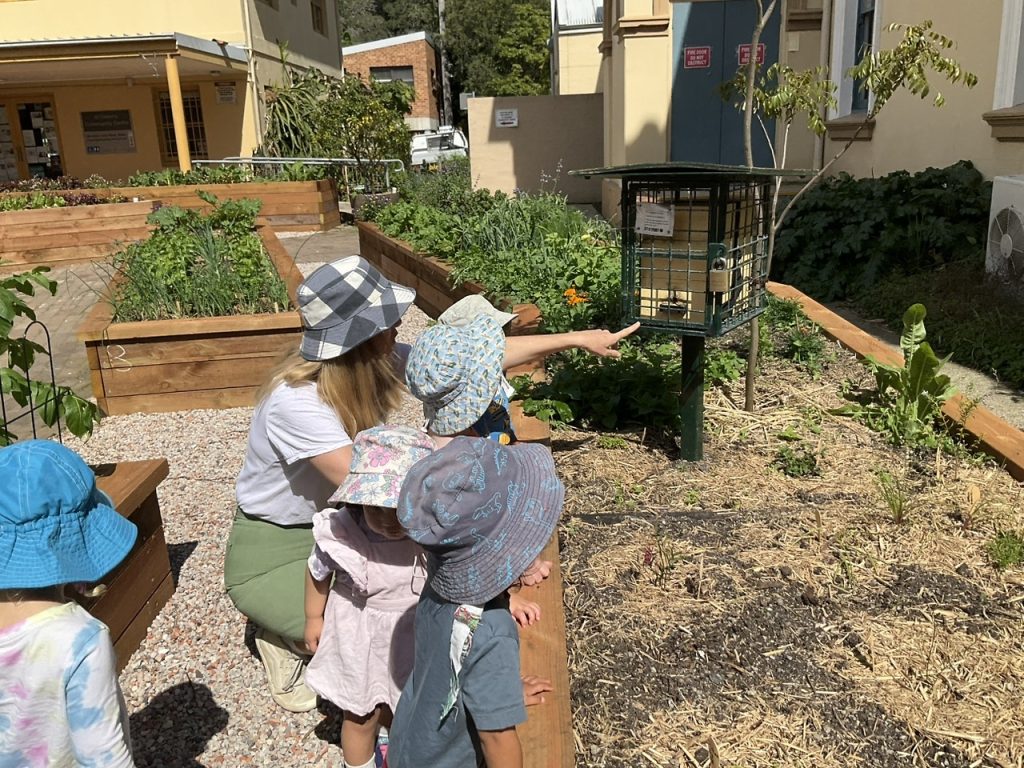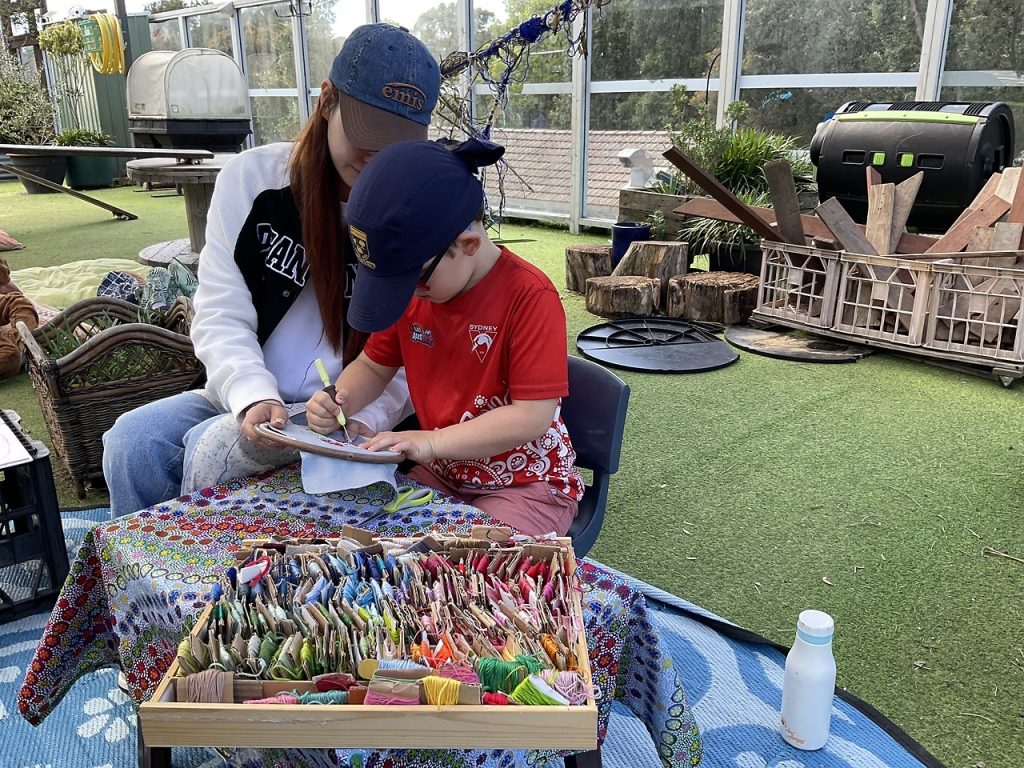
At Explore & Develop Annandale, we embrace the transformative practice of looping—where teachers build deep, lasting bonds by staying with the same group of children for at least two years. Rooted in the Steiner philosophy and backed by decades of successful experience, looping goes beyond mere continuity of care. It fosters meaningful, ongoing relationships that create a warm, nurturing environment where children can truly thrive.
While much of the literature highlights the benefits for children, such as secure attachments, stronger peer relationships, and smoother transitions (ACECQA, 2023. Colwell, et al, 2017. Degotardi, et al, 2025. O’Connor, 2022. Our Place, 2021) less attention is given to the professional impact on teachers. At Explore & Develop Annandale, we have been practising looping for the past 6-7 years, with educators and teachers engaging in looping cycles that sometimes last for three or even four years. This provides a valuable opportunity to reflect on how this approach shapes both teaching practice and professional identity. The following reflections from educators Sandra, Linh, Jen, and centre director Su, demonstrate how looping influences relationships, pedagogy, and the professional lives of teachers.
For Sandra, looping has reinforced the importance of trust and emotional connection in her teaching identity. She describes herself as a “slow warmer,” someone who takes time to build relationships. Looping has enabled her to do just that, strengthening her bonds with children and families over time.
“When I see the same group of children again, even after a gap, our relationship comes back quickly. That sense of belonging makes settling easier for everyone children, parents, and myself.”
This deep understanding of children enables Sandra to refine her pedagogy, particularly in areas such as transitions and routines. Morning settling, for example, becomes smoother when the teacher understands each child’s temperament, needs, and family background. Continuity enables her to establish consistent expectations over time, fostering a calm and predictable environment for children, families, and herself.

For Linh, looping has been nothing short of transformative, what she describes as “another degree” in her professional journey. Staying with the same group of children and families has provided her with opportunities to learn about children within the context of their home lives, parenting styles, and attachments. She refers to this as the “contextual foundation” of her pedagogy.
“I’ve shifted from being a Steiner-inspired teacher to becoming more of a project builder. I trust children more, and I believe more strongly in their citizenship.”
With the same group of children over time, she has been able to ask more profound pedagogical questions: Could this project be more engaging? How can excursions be organised differently? What new learning experiences could emerge from children’s evolving interests?
Linh also acknowledges the challenges: self-doubt, losing team members, and the patience required to rebuild relationships with new families. Looping can also create bias, as familiarity may obscure new insights into children until another educator offers a fresh perspective. For her, these challenges have reinforced the importance of teamwork and firm philosophical grounding what sustains her practice is the shared commitment to children’s rights and social justice.

Jen describes looping as “an enjoyable and rewarding process,” enabling her to watch children grow from toddlers to confident, school-ready learners. With time, the trust developed with families creates a partnership that makes decision-making more straightforward and collaborative.
“By the time children are five, families and I have already shared years of trust. That makes conversations about children’s wellbeing so much easier.”
One of the most significant benefits she notes is how looping smooths the transition to the start of each year. Knowing children’s routines, friendships, and strengths allows teachers to begin planning meaningful learning immediately, rather than spending the early weeks focused solely on relationship-building.
Jen also recognises the complexities such as when children from a previous year still seek her support while she is establishing bonds with a new group. Yet looping, she argues, reduces this challenge by aligning transitions more naturally with children’s school entry. She also reflects on the potential concern that some families may not connect with their looping teacher; however, she stresses the role of the teaching team in ensuring children benefit from diverse perspectives and approaches.
Centre director Su values looping for the strong relationships it fosters between educators, children, and families. Yet she also recognises the unique pressures it creates.
For preschool teachers, the end of the year can feel like being “in two places at once”: saying goodbye to children moving on to school while simultaneously welcoming a new group and their families. Teachers and educators transitioning to younger groups require time to establish connections with a new group of children and their families.
Su suggests that these challenges can be mitigated by collaborative structures, teaching partners, and the broader team sharing responsibilities, and leadership ensuring children stay connected to the centre community even after moving on. Her perspective highlights that looping is not just about relationships with children; it also requires systems of support for educators.

Taken together, these reflections show that looping is not just about children’s security and belonging, but also about teachers’ professional growth and identity.
Looping is more than just a staffing approach it is a relational, pedagogical, and professional commitment. The reflections from Sandra, Linh, Jen, and Su show that when educators can stay with children over time, there is deeper trust, more insightful observation, and more meaningful learning. Current research supports these views, emphasising the importance of continuity in relationships, emotional security, and teacher well-being as the foundations of quality early childhood education.
While looping presents challenges such as balancing continuity with fresh perspectives it offers a profound opportunity for teachers to evolve alongside the children they teach. At Explore & Develop Annandale, the practice has demonstrated that continuity of relationships not only enriches children’s lives but also strengthens educators’ sense of purpose, professionalism, and capacity to lead learning.
ACECQA. (2023). Continuity of learning practices: Information sheet. Australian Children’s Education & Care Quality Authority. https://www.acecqa.gov.au/sites/default/files/2023-07/InformationSheet_EYLF-Continuity%20of%20lear_Practices.pdf
Ceglowski, D., & Bacigalupa, C. (2015). Continuity of care in infant/toddler programs: A resource guide. Start Early. https://www.startearly.org/app/uploads/2020/09/PUBLICATION_NPT-Continuity-of-Care-Nov-2015.pdf
Colwell, N., Gamble, J., Cprek, S., & Talmi, A. (2017). Continuity of care and child outcomes: A systematic review. Early Childhood Research Quarterly, 39, 35–48. https://doi.org/10.1016/j.ecresq.2017.02.002
Degotardi, S., Sweller, N., & Pearson, E. (2025). Teacher-child relationships, early childhood programme quality and toddlers’ early academic abilities. Early Childhood Research Quarterly, 73, 145–160. https://doi.org/10.1016/j.ecresq.2025.05.010
O’Connor, E., Collins, B. A., & Supplee, L. (2022). Three decades of research on individual teacher-child relationships: A systematic review. Frontiers in Education, 7, 920985. https://doi.org/10.3389/feduc.2022.920985
Our Place. (2021). Continuity of learning: Supporting positive transitions for children and young people. https://ourplace.org.au/wp-content/uploads/2021/07/ourplace-continuityoflearning.pdf